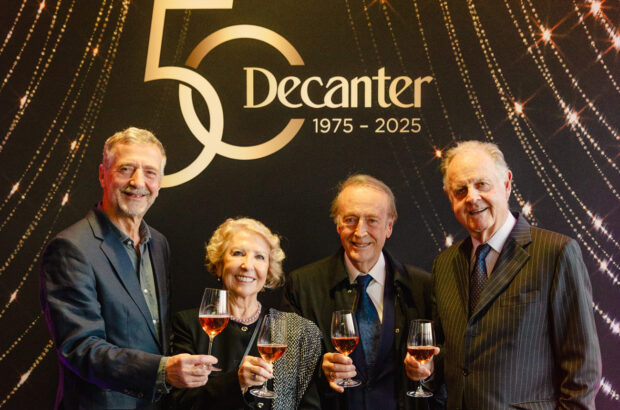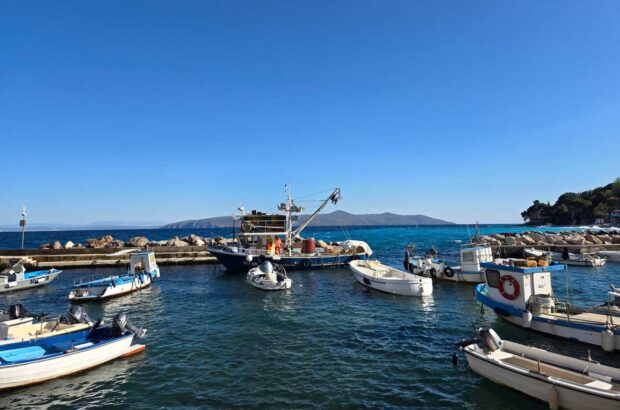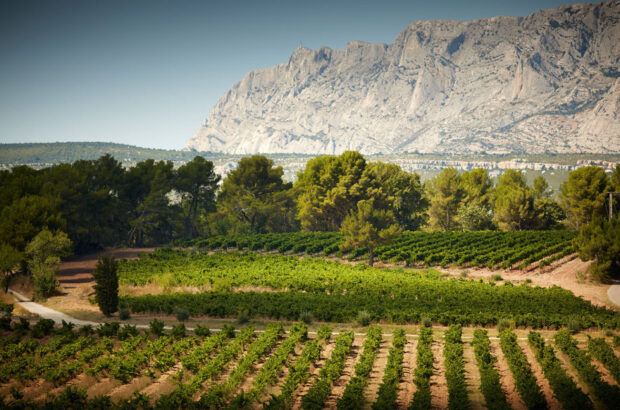Jane Anson considers how wine lovers could get better value for money by treating Bordeaux 2016, 2015 and 2014 as a trilogy with peaks in different areas, and compares the situation to a run of good vintages in '88, '89 and '90.
In the Bordeaux suburb of Talence, on December 10th 1990, Pascal Ribéreau-Gayon sat down to write up his annual vintage report at the institute of oenology in Bordeaux. He had pretty much been born into this job – his great grandfather Ulysse Ribéreau Gayon worked as Louis Pasteur’s assistant in the 1880s while his father Jean Ribéreau-Gayon had created the oenology school where he was sat writing his assessment.
With all this behind him, he was not a man given to hyperbole, but his excitement in writing the report is clear. He leads with the comparison between 1990 and 1989, both ‘great successes’, calling the 1989 ‘exceptional’ ‘the best vintage for many years, the like of which we didn’t expect to be seeing again so soon’.
He could have gone even further overboard and talked about the 1988 vintage, which as time has gone on has been also seen as an exceptionally good year, described by Steven Spurrier in Decanter (in 2013) as a four-star (against five-stars for 1989) with ‘classic Médocs’ that were worth laying down and likely to reach their ‘four or five star peak’ up to 2020.
See also: See the first of Jane Anson’s Bordeaux 2016 wine ratings, released this week with more to follow.
Now here we are again. This time around, almost 30 years later, the 2016 vintage report has been written by Laurence Geny and Doctor Axel Marchal at the Institute of Wine and Vine Science, the sleek successor to the oenology institute launched by Ribéreau-Gayon and Emile Peynaud.
It begins a little more soberly than in 1990, with the words, ‘It is always somewhat risky to announce a second great vintage in a row without appearing unduly optimistic. However, 2016 is unquestionably remarkable…’.
And as with Ribéreau-Gayon, Geny and Marchal could also have talked not only about the pairing of 2016 and 2015, but the slightly forgotten year just behind them of 2014, which like 1988 has been overshadowed by the exuberance of the vintage that followed, but which is set to prove its worth as a good quality if more classically-styled Bordeaux, and making this another one of those rare beasts – a Bordeaux Trilogy.
‘It’s extremely rare to have three vintages where quality is so uniform,’ Hubert de Boüard told me during the primeurs this year, also drawing the comparison with 88-89-90. ‘The difference today is that winemakers understand better how to balance the challenges that all years throw at them, and the level of precision in vineyard and cellar is clearly far higher’.
Wanting to assess how accurate the comparison really is, I went back to Steven Spurrier – who in the late 1980s was preparing to return to London from Les Caves de Madeleine in Paris.
He puts it into context, first of all by pointing out that the value of 1988 was a slow burn. ‘Whereas in 2014, everyone in Bordeaux and elsewhere was dying for a good vintage, there wasn’t any pressure on 1988, for the decade had been very good for Bordeaux, much better than the 1970s and far better than the 1960s, and the Châteaux were behaving themselves price-wise. You have to remember that modern Bordeaux began with the 1982 vintage. Then 1983 was good, better in Margaux than the 1982… 1985 almost at good as 1982. I have never had a bad bottle from this vintage and it is still great today. In comparison, 1988 was classic (aka tight in its youth, but less so than 1986) and it was even on both Left and Right Banks’.
Looking at the weather more closely, 1988 saw a warm wet spring that was not dissimilar to 2016 – 924mm of rain fell from November 1987 to end of June 1988, when the normal amount was 582mm, followed by a dry and relatively hot Summer and Autumn that meant the grapes were able to reach maturity slowly and steadily. 1988 was also marked by thick grape skins and wines that were rich in colour and tannin, and extremely healthy because the dry summer meant no rot. The sweet wines were particularly concentrated and of excellent quality, and the reds, wrote Ribéreau-Gayon, ‘exceptional for laying down, with an tannic intensity and concentration rarely seen’. If it wasn’t for the two exceptional years that followed, 1988 would surely have had a longer moment in the sun.
It was however, quickly overwhelmed at the time, says Spurrier, by the ‘splendidly rich 89s’ that is his pick for the vintage of the three (‘a heatwave vintage that was a year of high risk but the highs were really high’), with a particular mention for Haut Brion, Le Pin and Petrus that will ‘last for years, as did the 1947 Cheval Blanc, another heatwave year’. The 1990 was, as Spurrier says, ‘great overall… and gold dust today’.
We now know that this earlier trilogy was helped by the four miserable vintages that followed it, with good times for Bordeaux only really returning with the 1995. And while we have no way of telling what the 2017 vintage will bring, there is still an excitement in knowing three good years are in the cellar – not only in terms of pleasurable tasting, but also smart buying.
For Châteaux owners and merchants it is, of course, tempting to say that trilogies mean profits. But they also offer a huge opportunity for drinkers. Bordeaux makes a lot of wine, we all know that. 7,300 Châteaux, over 10,000 different wines, 900 million bottles per year. Even if the top wines can really be limited to around 500 names that is still a lot of wine in years where general quality broadens your choices between first, second and even third labels.
A trilogy means that, even if the Châteaux can, and no doubt will, raise their prices in 2016, consumers still have the upper hand. This is the key way to look at 2016. There are many delicious wines, but it’s worth always stopping to think ‘could I get a similarly brilliant wine for less money if I look at 2014 or 2015’? You have the leeway to compare and decide before buying. For my money, 2014 particularly offers some excellent opportunities to buy at good prices up in the northern Médoc, while 2015 is hard to beat in Fronsac and Pomerol. The pressure is on the Châteaux to make the 2016 prices appealing in light of that choice.







